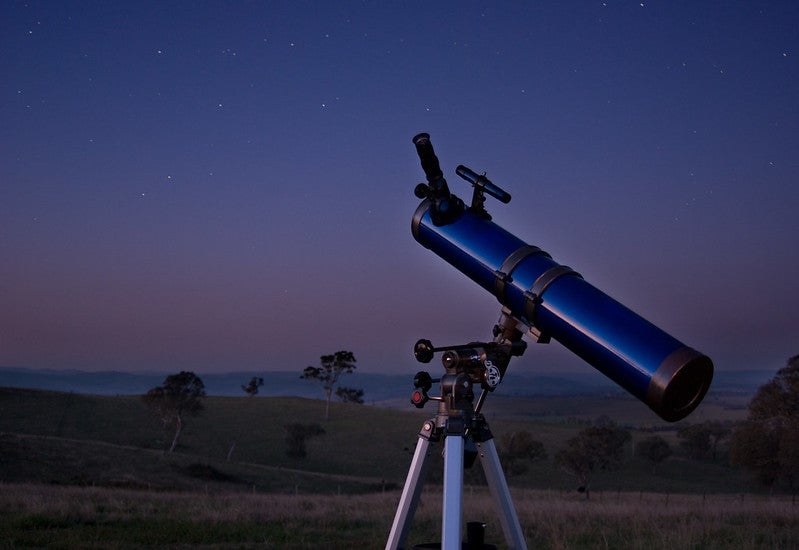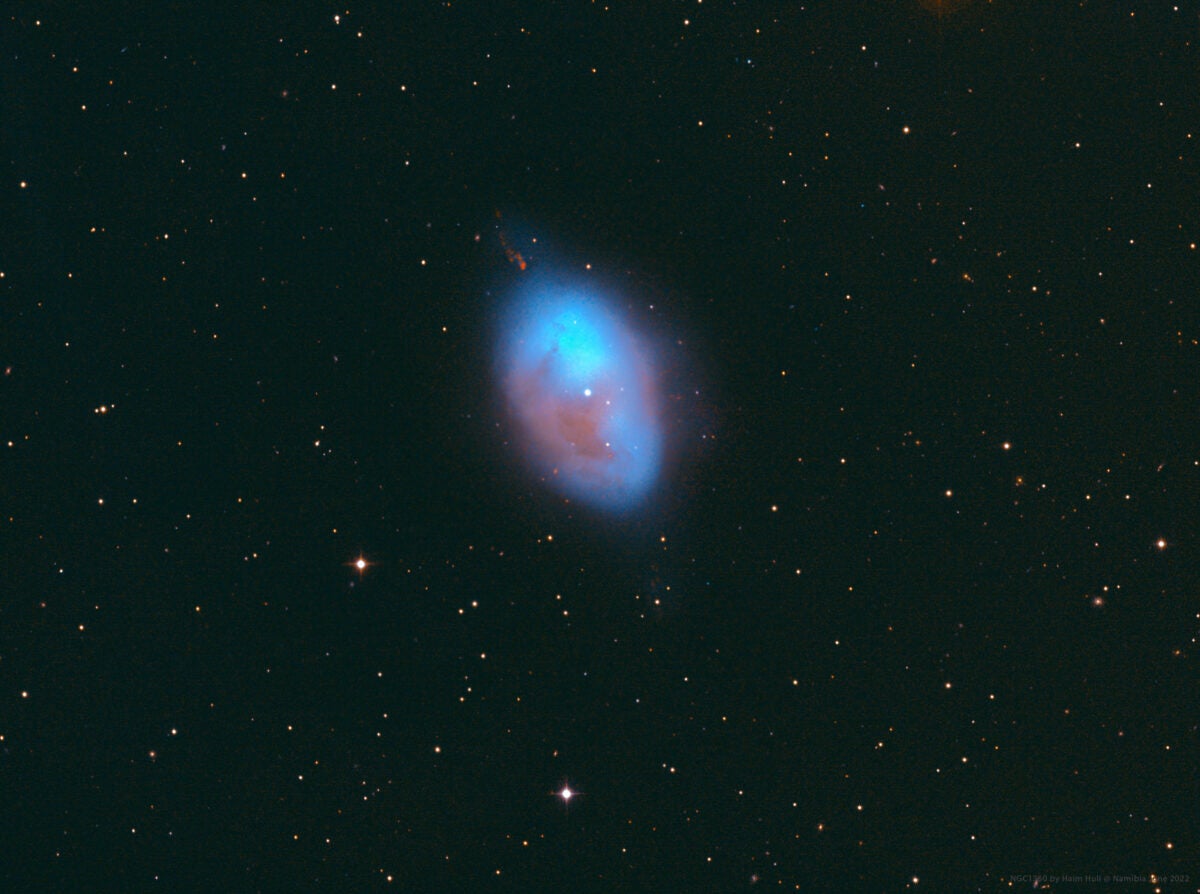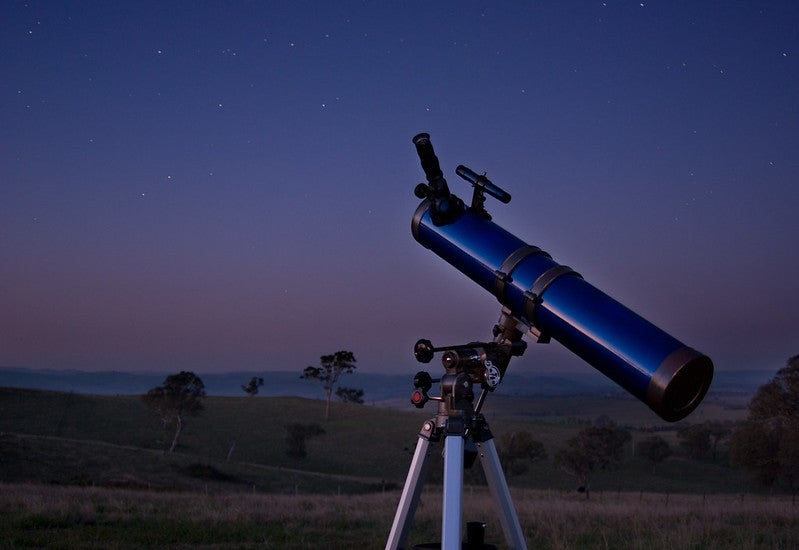
Astronomy is a science and a hobby that loves long words, acronyms, and abbreviations. At times, listening to someone talking about an event happening in the sky or an object faraway in space can feel like watching one of those episodes of Star Trek where the characters spend 10 minutes just speaking in “technobabble,” so you’re left feeling as lost as a dog listening to opera — being sung in Klingon.
But astronomy can also be confusing sometimes because many basic things are easy to get mixed up. So in this article, aimed at the most absolute of absolute beginners, I’m going back to the basics to clarify some of the fundamentals. Once you understand these, you’re well placed to move on to the more advanced concepts.
So, what’s the difference between…
Constellations and asterisms
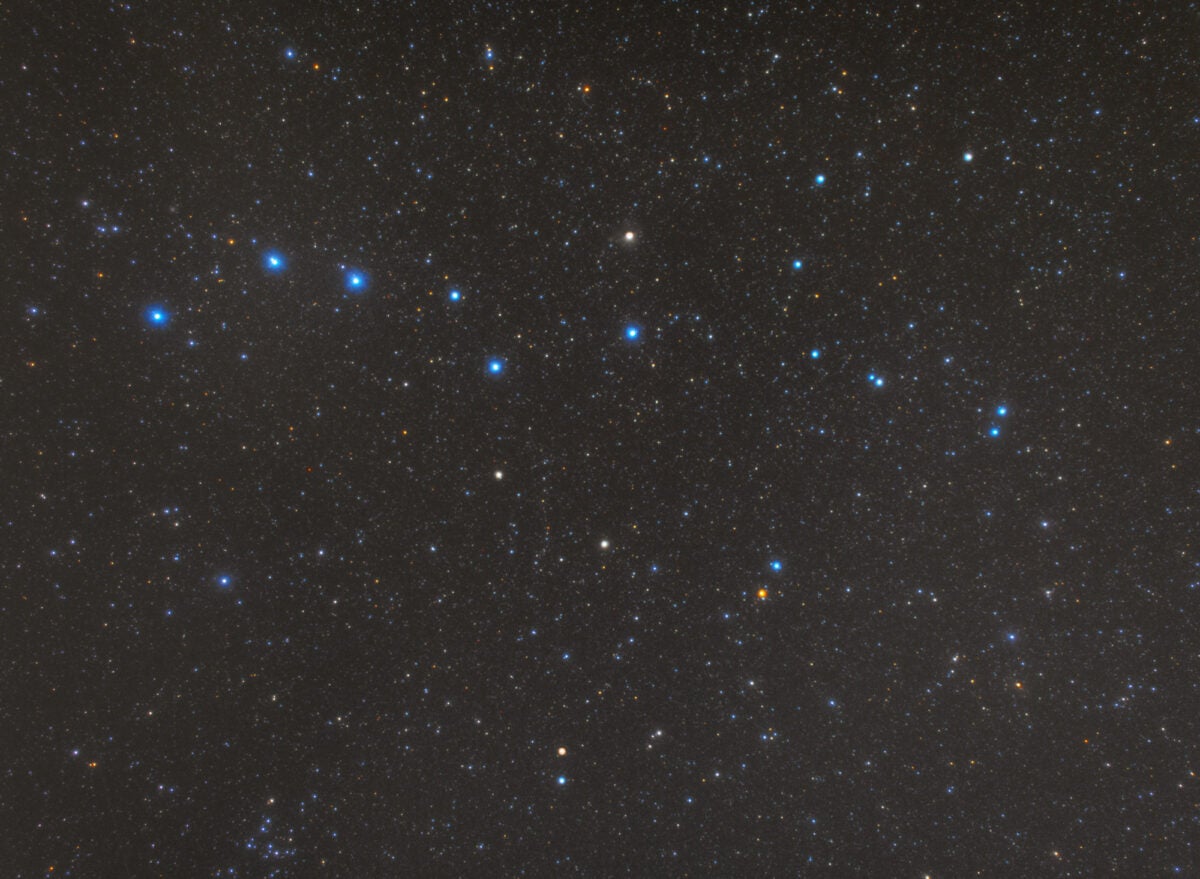
The night sky is split into 88 areas, like the way a picture can be cut up into a jigsaw. Like the pieces of a jigsaw they’re different shapes, with different outlines, and they’re not all the same size. These areas are the constellations, and they’re named after all kinds of things, from people and animals to scientific instruments.
Why? Because long ago, people blessed with much darker skies than we have now looked up and joined groups of their stars to make shapes. And while some of them do look like what they’re supposed to represent, many don’t, and it requires a lot of imagination to see what they’re supposed to be.
An asterism is a pattern of stars that is much more obvious to the eye. It might lie entirely within a single constellation or contain stars from two or more of them. Like constellations, asterisms can be small or large. So, when you look at the stars of the Big Dipper, you’re not actually looking at a constellation; you’re looking at an asterism that lies within the constellation of Ursa Major the Great Bear. Another asterism, the Summer Triangle, is formed by three bright stars: Vega, Deneb, and Altair, These stars are all in three different constellations. Other asterisms include the Sickle in Leo, the Great Square of Pegasus, and Orion’s Belt, formed by the three stars in the center of Orion the Hunter.
Related: Asterisms: Hunt the night sky’s faux constellations
Red dwarfs and brown dwarfs
Red dwarfs are the most common type of stars in the universe. Like all stars, they shine because nuclear fusion converts hydrogen into helium inside them, releasing heat and light, but they are much dimmer, smaller, and cooler than yellow, white, and blue stars. Brown dwarfs are large objects but they are not actually stars. In fact, they’re considered failed stars by astronomers because they do not have enough mass to sustain the nuclear reactions genuine stars do.
Stars and planets
It’s amazing how many people don’t know the difference between these two, but it’s an important first step in understanding the cosmos. Our Sun is a star, and while some stars are bigger than our Sun and some are smaller, and some are hotter and some are cooler, they are all basically the same thing — huge balls of incredibly hot gas that are essentially enormous nuclear fusion reactors blazing brightly in space. They produce their own light and are born out of vast clouds of gas and dust called nebulae.
Planets orbit stars. They have no light of their own, they just reflect the light of their star, and are formed from the material left over from the birth of that star. Some planets are made of rock and metal, others of gas and liquid, but they all whirl and twirl around their star, taking days, years, or even centuries to complete one revolution. So, Earth is a planet that orbits a star we know as the Sun. We now know that many other stars have their own planets, which we call exoplanets.
The northern lights and noctilucent clouds
Both of these are beautiful displays of light and color in the night sky. The northern lights, also known as the aurora borealis (they’re the southern lights, or aurora australis, when seen in the Southern Hemisphere) happens when particles blasted out of the Sun travel along Earth’s magnetic field lines and cause the gases in the upper atmosphere to give off light. Most frequently seen from high northern or southern latitudes, but sometimes visible from mid-latitudes, the aurorae can look like anything from a pale gray-green arch glowing low on the horizon to a breathtaking display that fills the sky with red beams and rays and dancing curtains of bright green light. Because satellites and observatories now monitor the Sun 24 hours a day, displays of the aurorae can be predicted some two to three days in advance.
Noctilucent clouds (NLC) are quite different. They are only seen in the summer months, and are icy clouds so high up in the atmosphere they are literally on the edge of space. At such a high altitude, they’re bathed in sunlight long after the Sun has set for observers on the ground, and they look like delicate tendrils, wisps, whirls, and curls of silvery-blue light in the northern (or southern) sky. Unlike the aurora, NLC don’t move around quickly but change their shape slowly, over minutes and hours. Their appearance can’t be predicted with any accuracy more than a few hours in advance.
Related: How to see noctilucent clouds, a dazzling sight in summer skies
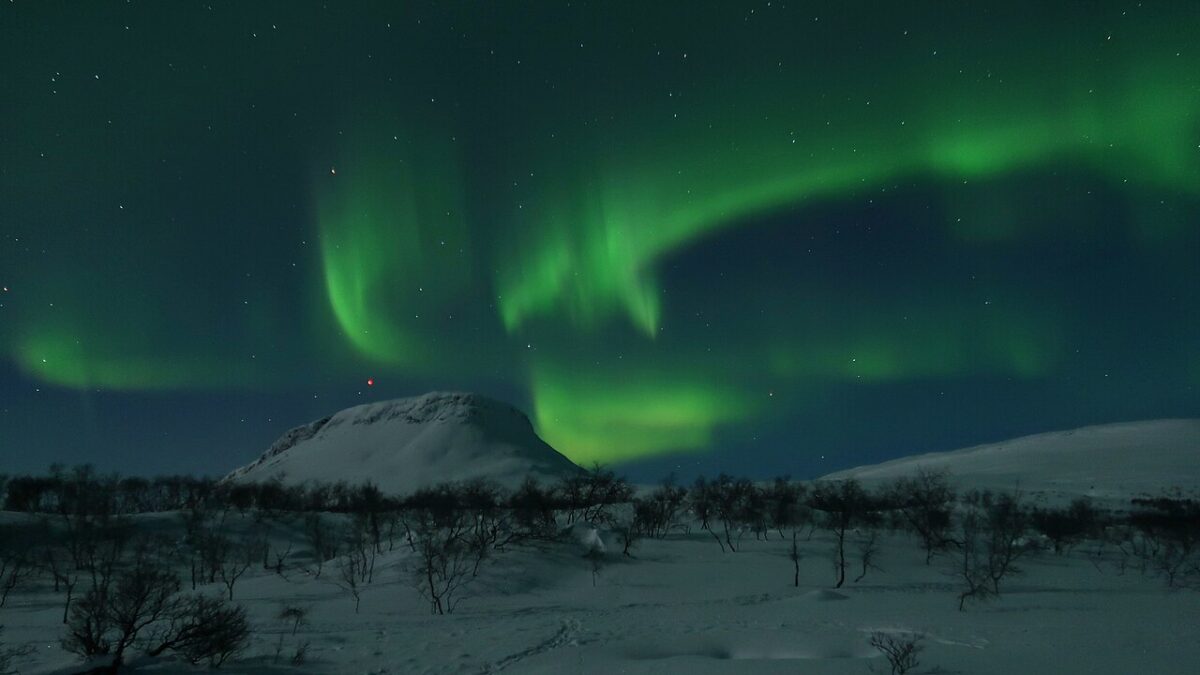

Open clusters and globular clusters
Our Sun, surrounded by its family of planets, is a single star moving around the Milky Way. Most stars, however, form in pairs or as members of a system of multiple stars. Star clusters are much larger groups of stars that formed at the same place and time and all move through space together. There are two types. Open clusters, like the famous Pleiades cluster (M45), are young and contain hundreds or a few thousand stars, with a lot of space between each star. Globular clusters, like Omega Centauri, are ancient, perhaps as old as the Milky Way itself. They’re much more condensed and contain hundreds of thousands or even millions of stars packed so closely together they all appear to merge into one mottled ball when viewed through a telescope.
Nebulae and galaxies
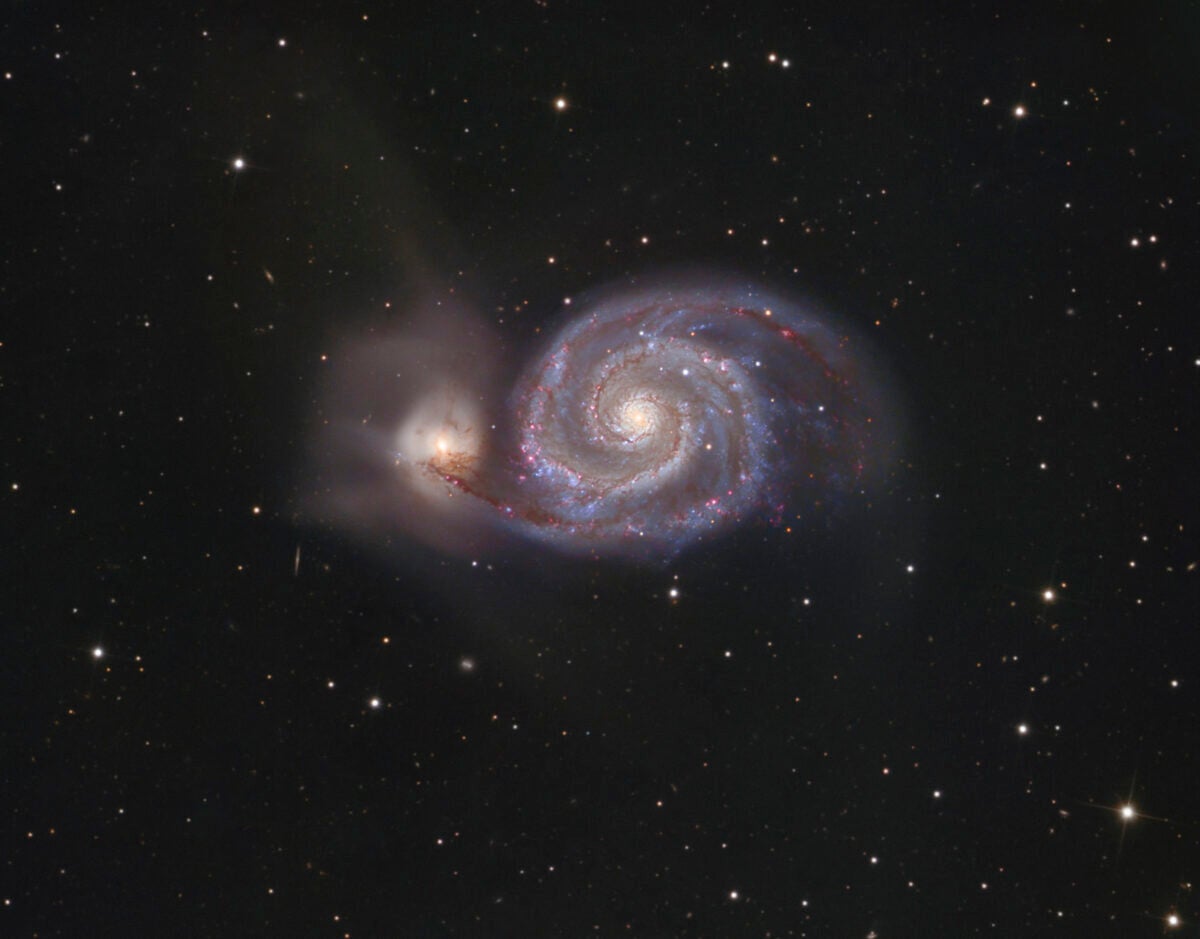
It’s understandable to get these mixed up because a long time ago, astronomers thought they were the same — misty patches in their eyepieces, far away but still within our own stellar neighborhood. But once astronomers began measuring the distances between Earth and these objects, they realized the two were different. Today, nebula is the name given to a relatively small region in space related to the life of stars. Some nebulae are stellar birthplaces, masses of gas and dust where stars are forming. Others are complicated and beautiful structures created when stars are approaching the ends of their lives. Others still are the ghostly, glowing remains of stars that have died, blowing themselves to pieces in unbelievably violent explosions called supernovae.
Galaxies are a lot different. They are vast structures made of thousands of millions of stars, spinning through the universe like celestial snowflakes. Our Sun is one of 400 billion stars in a spiral-shaped galaxy we call the Milky Way, and almost all the nebulae we see in our night sky are within our own galaxy, hundreds or thousands of light-years away. The other galaxies we see in the night sky lie far beyond our Milky Way, millions or billions of light-years away.
Related: How Edwin Hubble won the Great Debate
The Kuiper Belt and Oort Cloud
These are both regions of space filled with icy bodies, but their locations, structures, and the type of objects they contain are different. The Kuiper Belt is a disk-shaped region beyond the orbit of Neptune, which extends from about 30 to 55 times farther from the Sun than Earth. It is relatively flat, lies in roughly the same plane as the planets, and contains many small remnants left over from the early solar system: icy bodies and dwarf planets like Pluto.
The Oort Cloud is a spherical shell surrounding the solar system, located about 2,000 to 100,000 times farther from the Sun than Earth. It contains a huge number of comets created at the birth of the solar system. Occasionally, comets from the Oort Cloud are given a gravitational nudge toward the Sun. Some become bright and sport long tails before heading back into deep space again.
Reflection nebulae and emission nebulae
The clue to these objects’ difference really is in the names here. A reflection nebula is a region of gas and dust that shines because it is reflecting the light of a star (or multiple stars) near or inside it, in the same way that the walls of a cave shine when they reflect the light of a flaming torch. An emission nebula glows with its own light, because its atoms are being energized by stars inside it.
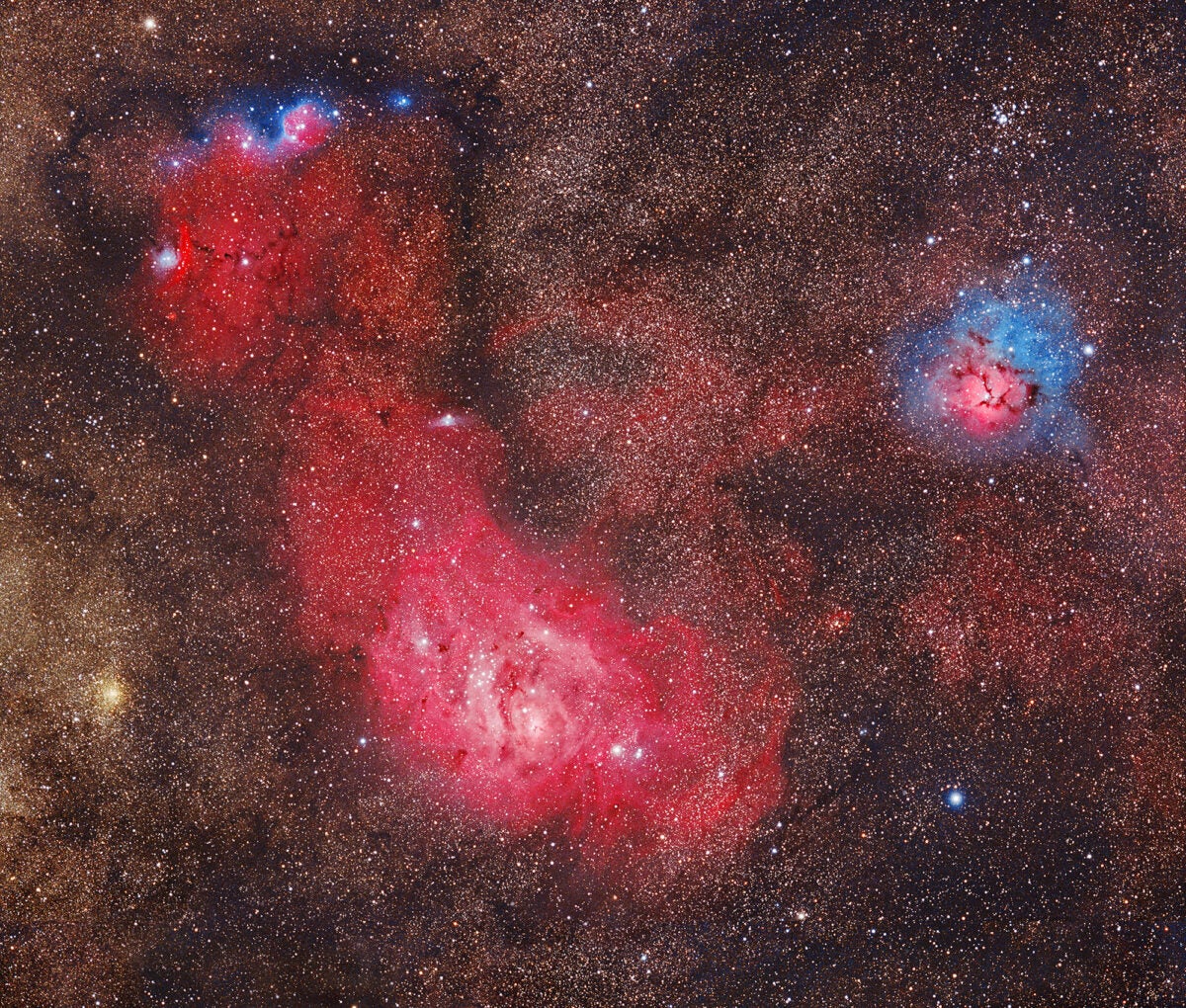
Reflecting telescopes and refracting telescopes
As its name suggests, a reflector uses a mirror to collect and then reflect light from astronomical objects along a tube and then into an eyepiece, which focuses the image. A refractor uses a lens to do the same thing. Which is better? It depends on what you want to look at in the sky. Reflectors with large mirrors can collect a lot of light, so they’re best for looking at large, diffuse deep-sky objects such as star clusters, galaxies, and nebulae. Refractors excel at providing crisp views of objects, so they’re the prime choice for observers who want to observe the Moon and planets.
Meteors and meteorites
This is one of the greatest areas of confusion in amateur astronomy, and people use the wrong word all the time. A meteor is another name for a shooting star, a streak of light in the night sky left behind when a piece of space dust or rock, perhaps the size of a grain of sand, burns up in Earth’s atmosphere, vaporizing completely.
A meteorite is a larger piece of space rock that has plunged through Earth’s atmosphere but survived and landed on the ground — where, hopefully, it will be found one day and analyzed by scientists. So, if you ever hear or read about a “meteorite shower” due to occur, what is really meant is a meteor shower, a flurry of shooting stars over a few days, not a bombardment of flaming space rocks.
Related: Do meteor showers create meteorites?
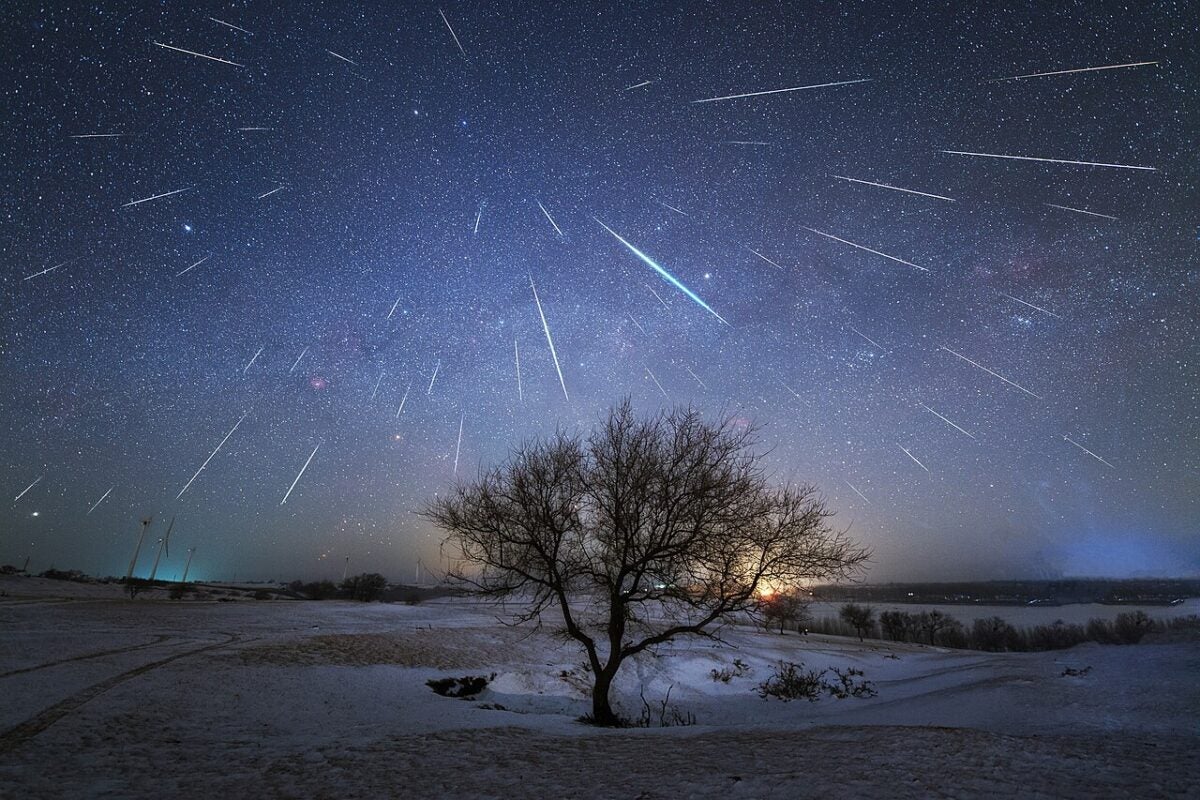
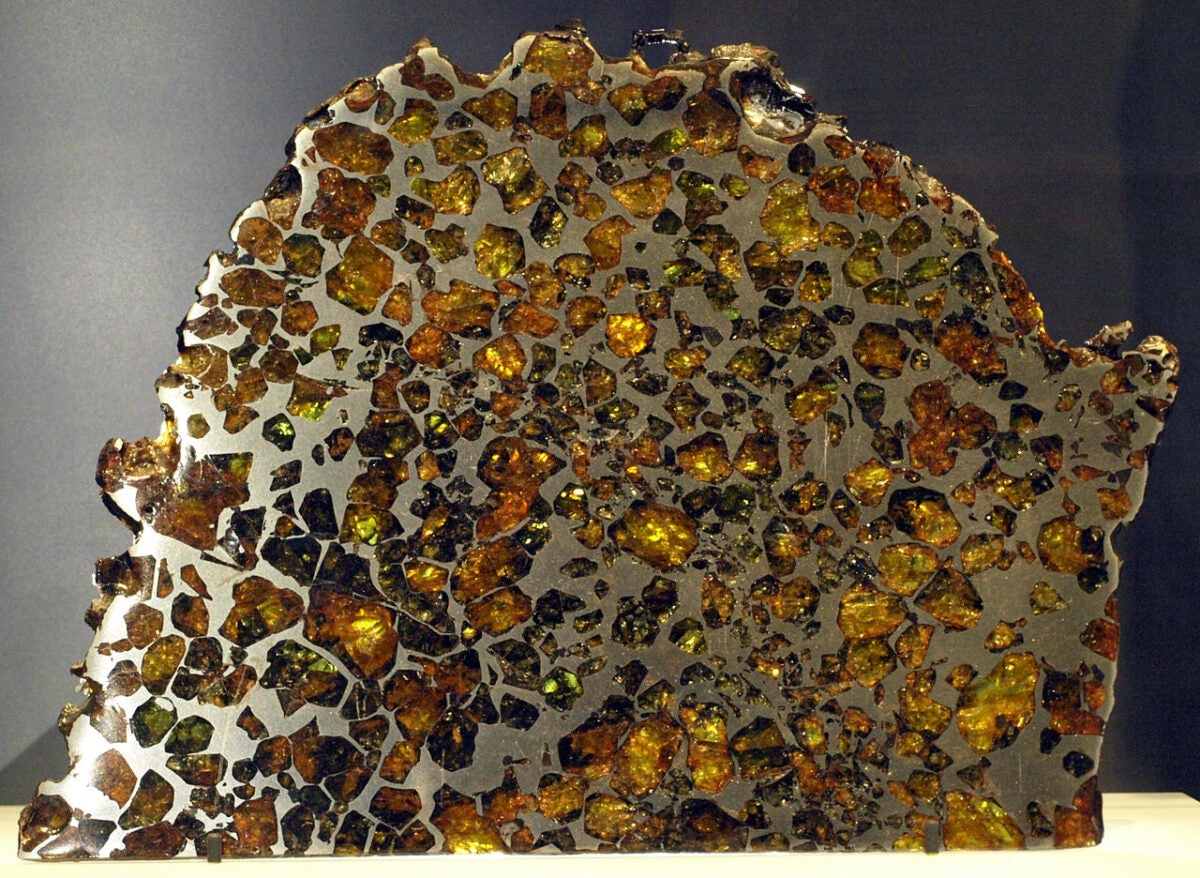
Comets and asteroids
People get these two confused a lot, and it hasn’t helped that for decades, the makers of sci-fi films and TV series have mixed them up, too. Asteroids are stony or metallic objects with roughly circular orbits. Comets are icy bodies with orbits that are more elliptical, so that as they loop around the Sun, they spend most of their time far from it, inactive. When comets come nearer the Sun and are warmed by it, they thaw out, releasing gas and dust trapped inside their ices. Some of this material can form a glowing dusty head around the comet’s solid nucleus (called a coma), while the released gas can stretch away from the comet like a misty banner (called a tail). The tail is pushed out behind the comet by the solar wind as it approaches the Sun, and pushed out ahead of it as it heads off into deep space.
Comets and asteroids feature a lot in science fiction. You’ve probably seen daring pilots flinging their spaceships around inside asteroid belts, dodging the tumbling boulders like space Top Guns, but in reality the asteroids in such belts, like our own solar system’s, are so far apart you wouldn’t even be able to see your closest neighbor if you were standing on one, never mind have to duck as it rolled over you, just missing the top of your head.
Solar prominences and solar flares
Prominences are huge masses of solar material that billow outward from the Sun’s surface. They’re often shaped like loops or arches, but can be more feathery in appearance too. After rising from the Sun, they can hover above it for days or even weeks, gently floating in our star’s magnetic field like clouds before fading away. You need a special solar filter to see them. Flares are much more intense bursts of radiation that last for just a few minutes. They are like slow-motion explosions on the Sun, and are caused by the sudden release of magnetic energy in or around sunspots. Big solar flares can affect communications and power systems on Earth and trigger beautiful displays of aurorae.
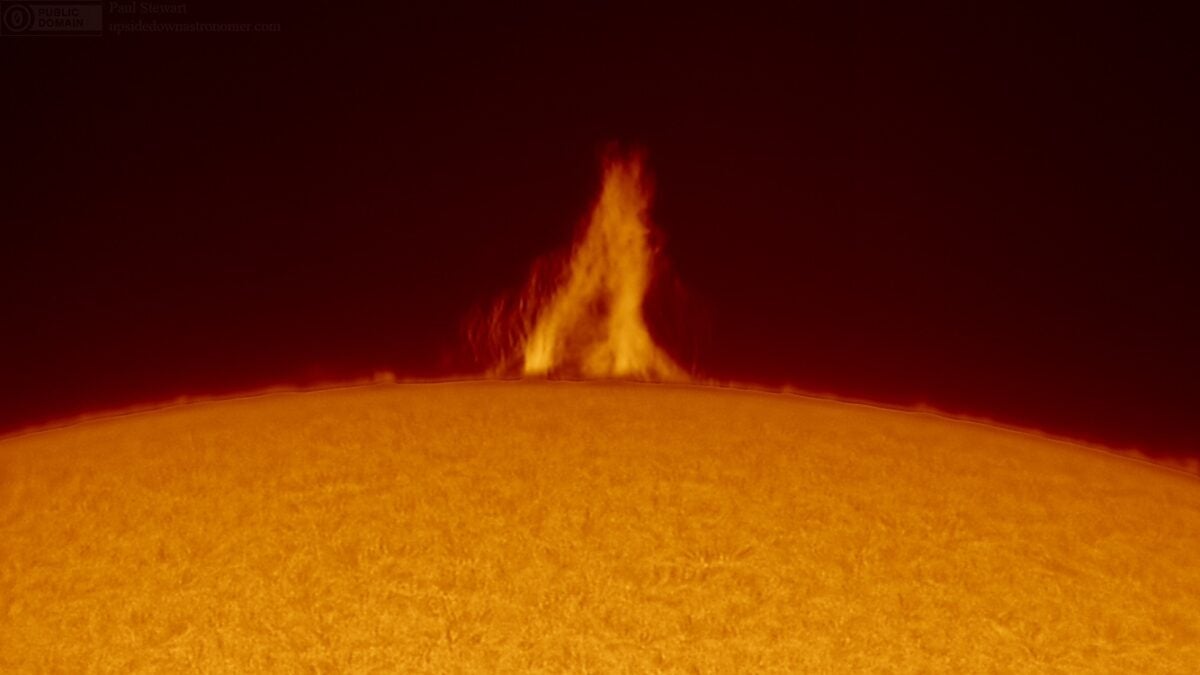
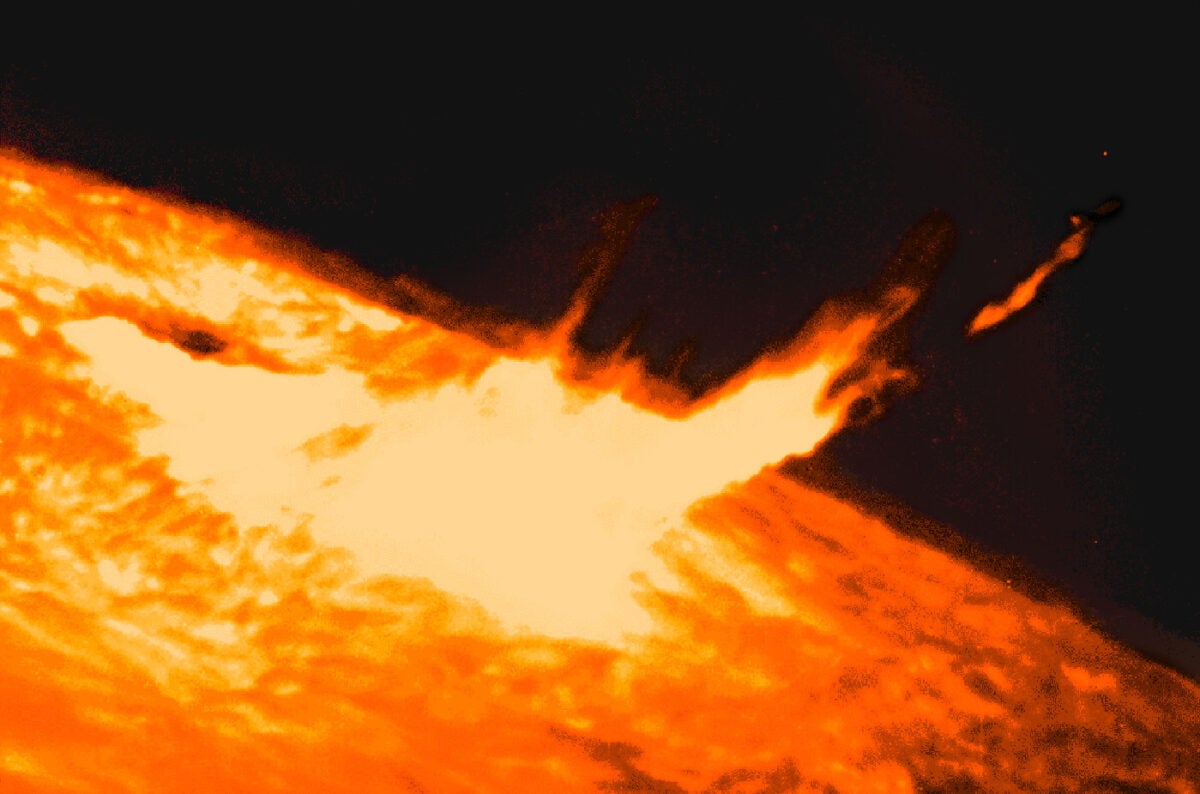
Pulsars and quasars
Pulsars are a weird type of star, quite unlike stars like our Sun. They are dense, highly magnetized objects that rotate quickly, emitting beams of radiation. As they spin, these beams sweep out into space, like the beams of a lighthouse. If one of these beams sweeps past Earth, we detect it as a pulse of radio energy that repeats itself over and over — hence the name pulsar. When the first pulsars were discovered, astronomers thought they might be radio transmissions from alien civilizations far out in space.
Quasars aren’t stars, but the incredibly luminous centers of distant galaxies where supermassive black holes are ripping apart and devouring stars. As they do this, they release incredible amounts of energy, often outshining all the stars in the rest of the galaxy put together.
R
